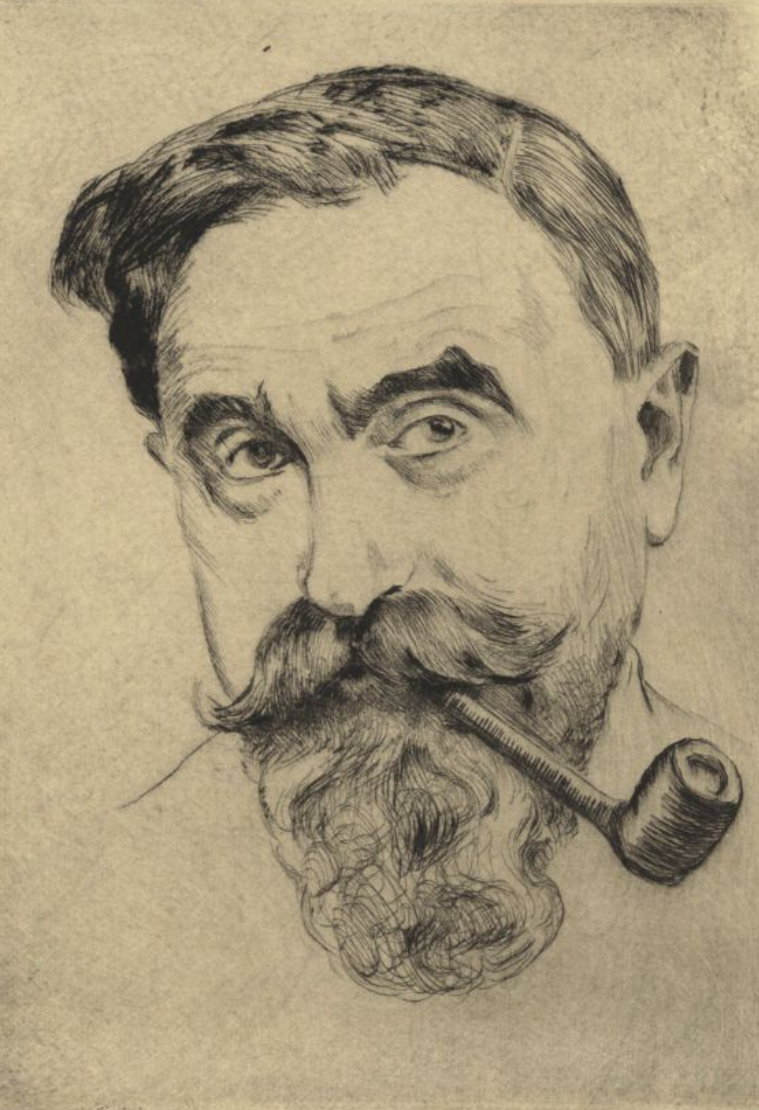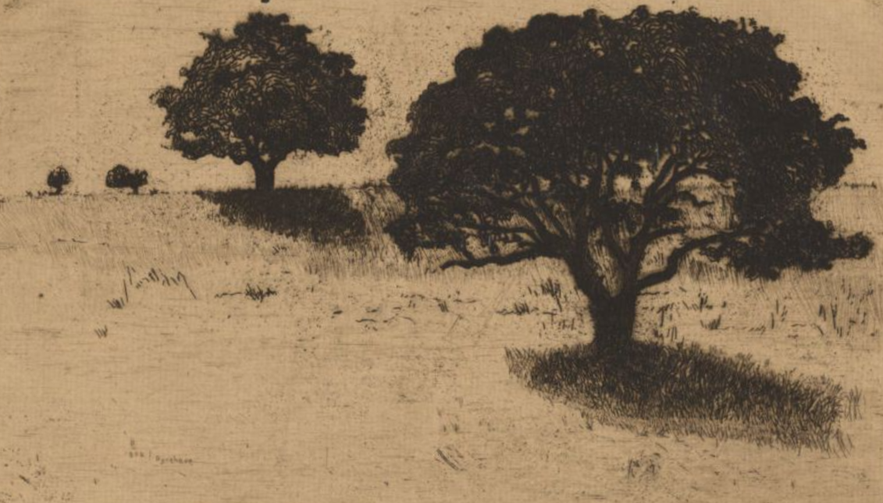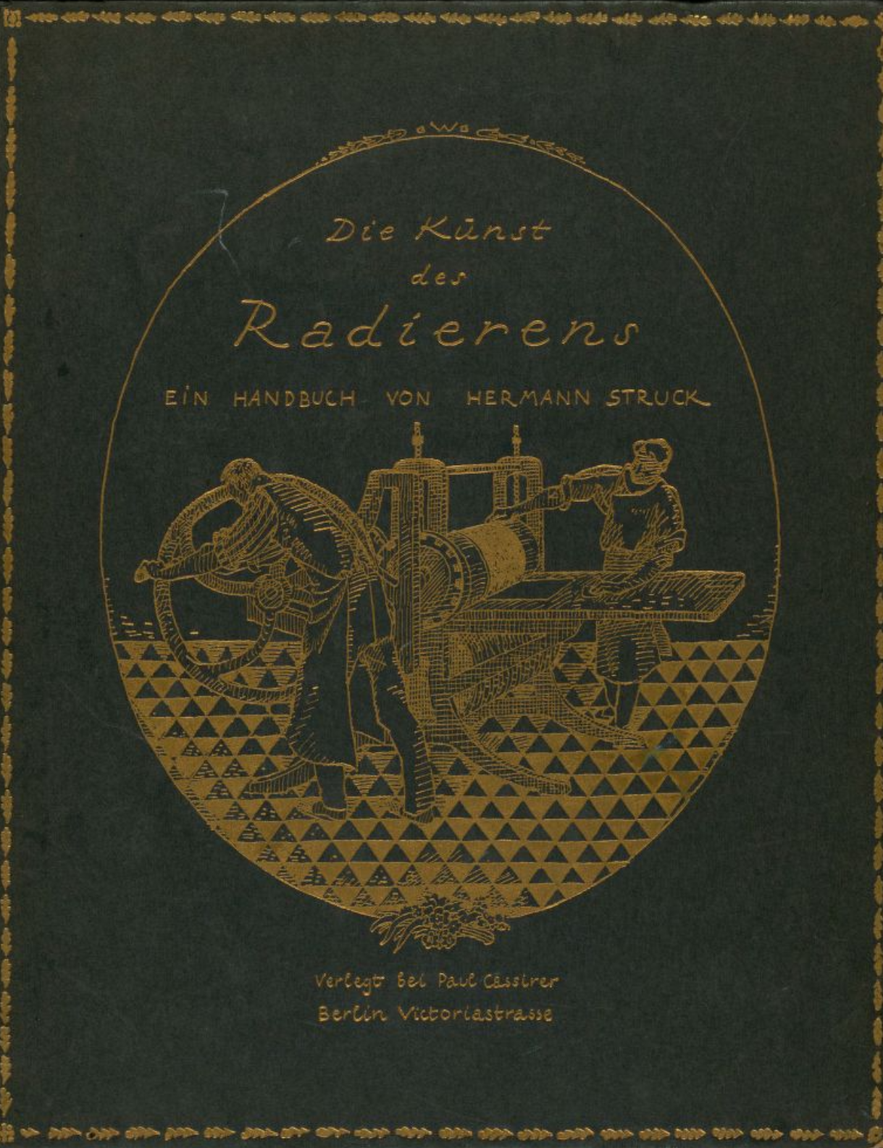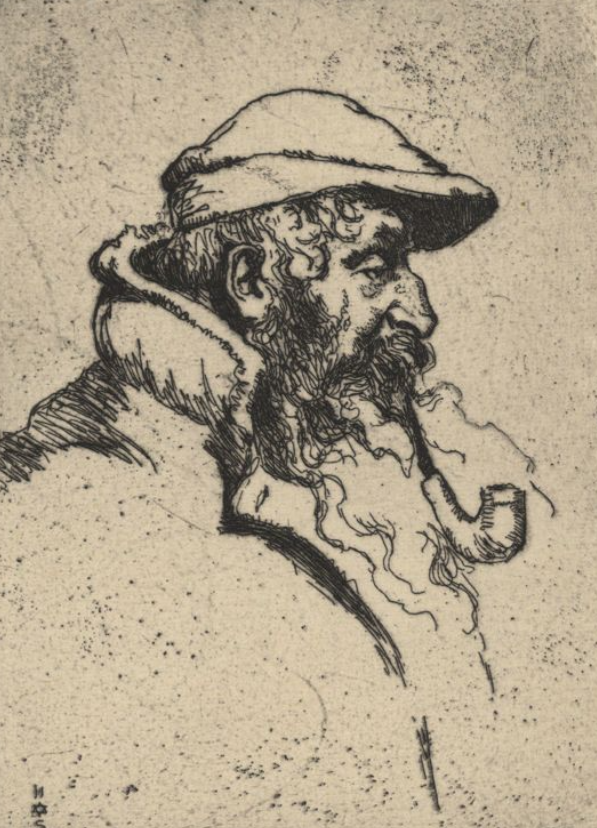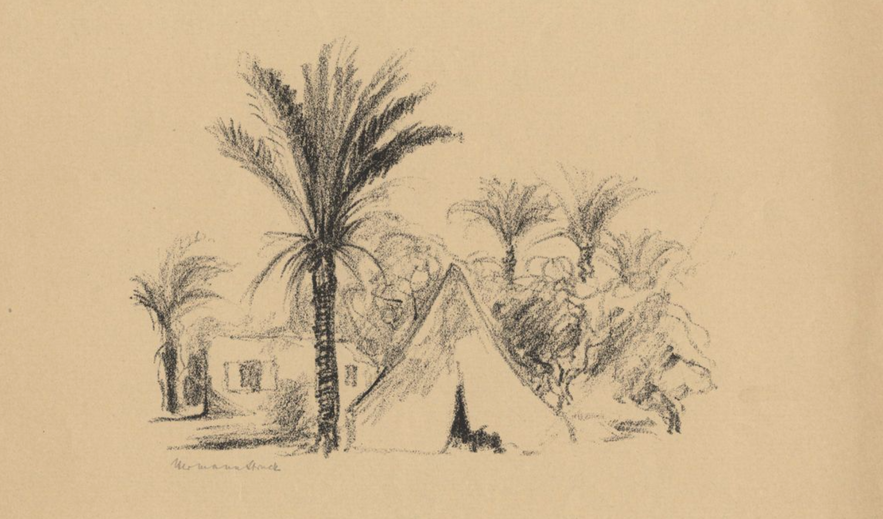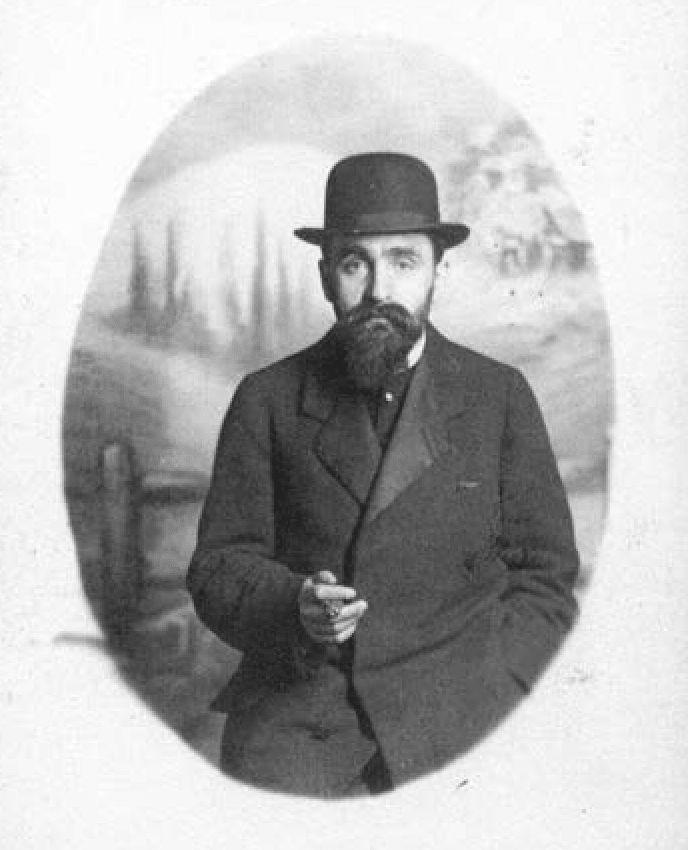Hermann Struck
Zionist Portraitist and Landscape Artist
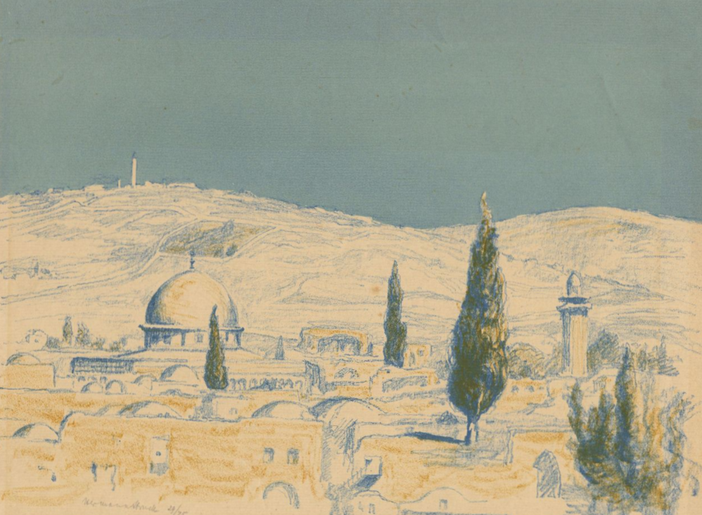
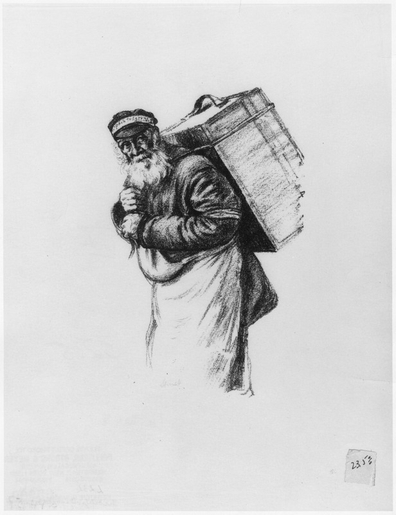
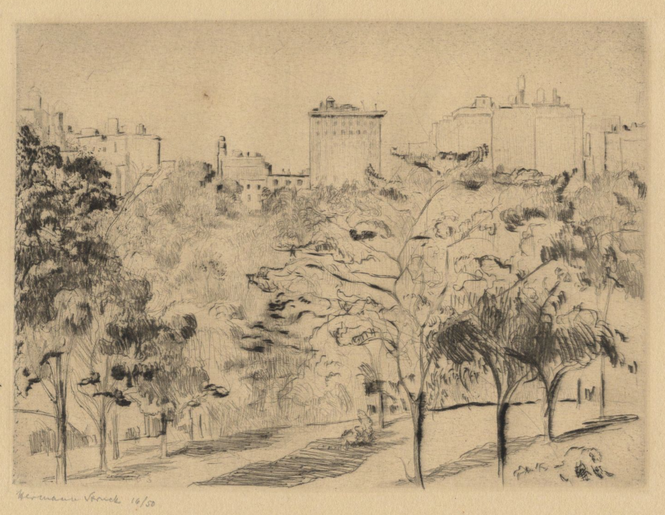
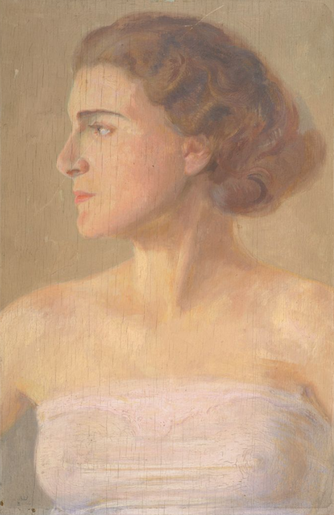
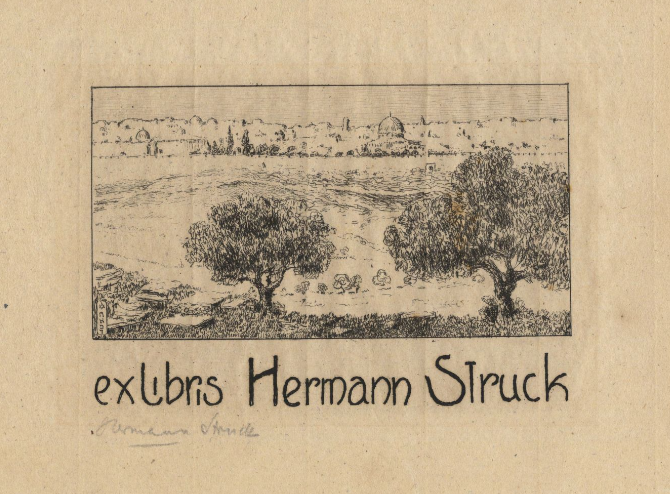
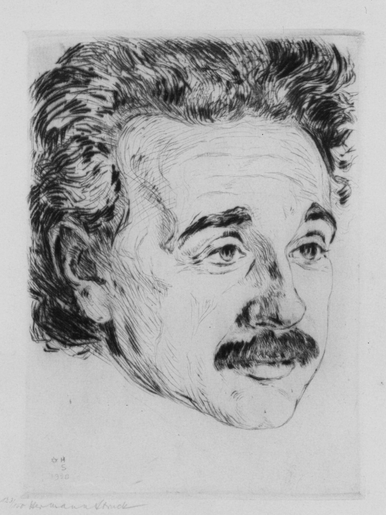
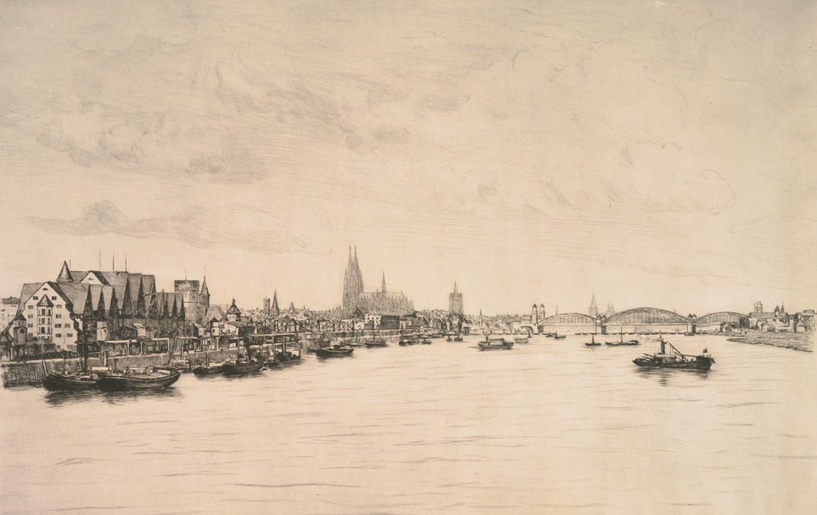
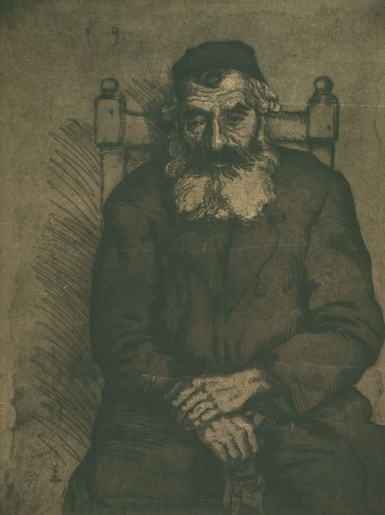
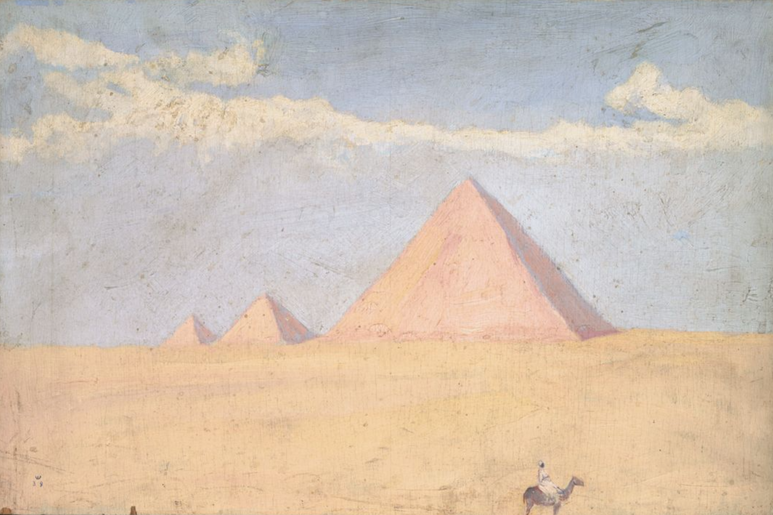
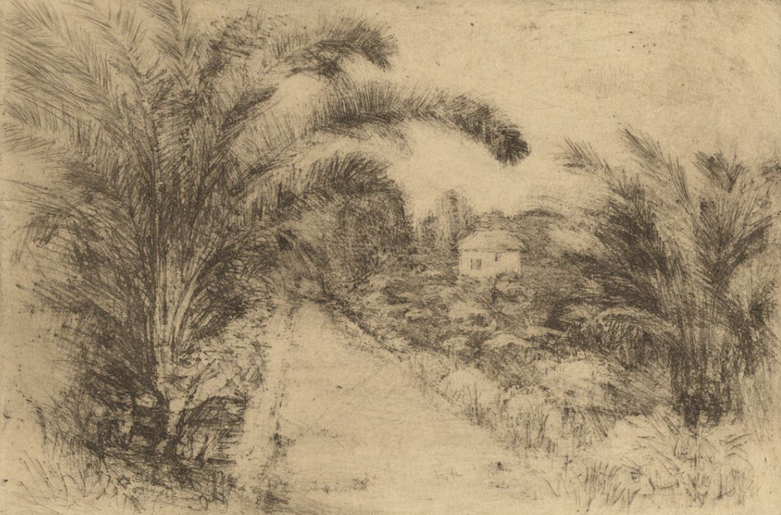
The Convergence of Secular Art and Orthodox Judaism; The Life and Work of Hermann Struck
Beginnings
At the tailend of the 19th century, Chaim Aaron ben David (a.k.a. Hermann Struck, 1876-1944) was born in Berlin, the son of a wealthy merchant and a descendant of a family of rabbis. He spent the beginning of his life in the Germanic capital, devoting himself to both the study of the Torah and the study of fine art. At age nineteen, Struck began his formal art education at the Berlin Academy of Fine Arts in 1895, however he did not neglect his religious upbringing. He was a devout Jew, keeping all the mitzvahs and maintaining his family's tradition. Despite spending his entire life immersed in the secular art world, Struck continued to maintain his commitment to Judaism, perhaps a prototype of the contemporary Modern Orthodox man.
As he continued to hone his talents, Struck rose to prominence in the German art scene as a graphic artist, attracting students like Marc Chagall, Lesser Ury, and Max Liebermann, to come and learn from his expertise. Struck’s popularity came in part because of his book Die Kunst des Radierens (The Art of Etching) (below), a guidebook on graphic design published in 1908 compiled of illustrations and commentary from himself and other artists. He also wrote and published essays on topics ranging from art to Judaism and Zionism, including an article celebrating his mentor Jozef Israëls. Struck collaborated with author Arnold Zweig to create two books, Das Ostjüdische Antlitz (The Face of East European Jewry) and Das Neue Kanaan (The New Canaan).
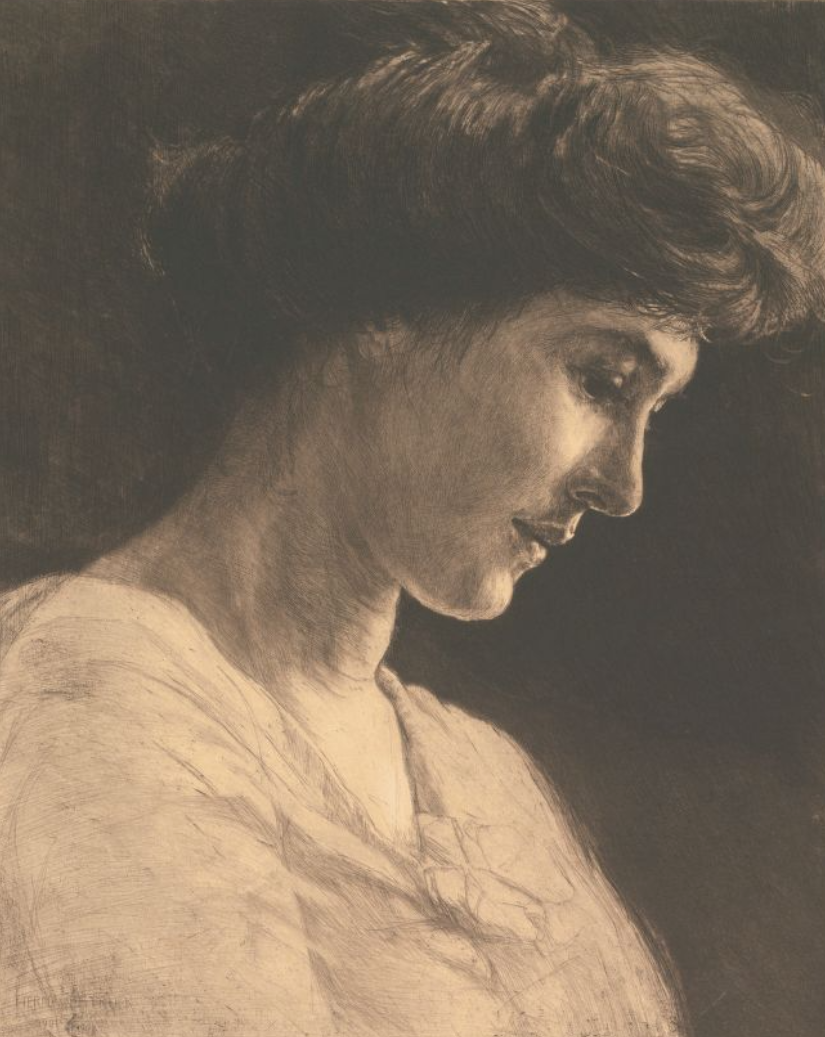
Berlin and the First World War
As for his art, Struck dealt mainly in etchings and prints, most the size of a standard book page. The focus of his work came in two parts, people and landscapes. His portraiture was made up of both contemporary intellectuals and famous figures in history (such as Abraham Lincoln, Henrik Ibsen, and Friedrich Nietzsche). However, Struck didn’t just focus on the recognizable upper class, he also sketched anonymous figures: rabbis, beggars, merchants, craftsmen. When he wasn’t concentrating on his human subjects, Stuck turned to nature as his muse. He drew everything; the countryside, skyscrapers, city streets, river banks, small alleyways, synagogues and churches. His passion for romanticism and realism would lead to his involvement in the liberal art society as a member of the Modernist Berlin Secession movement. The group, made up of Impressionists, Expressionists, seculars and Jews alike, gave Struck the opportunity to exhibit his work without having to compromise his devotion to religious Judaism.
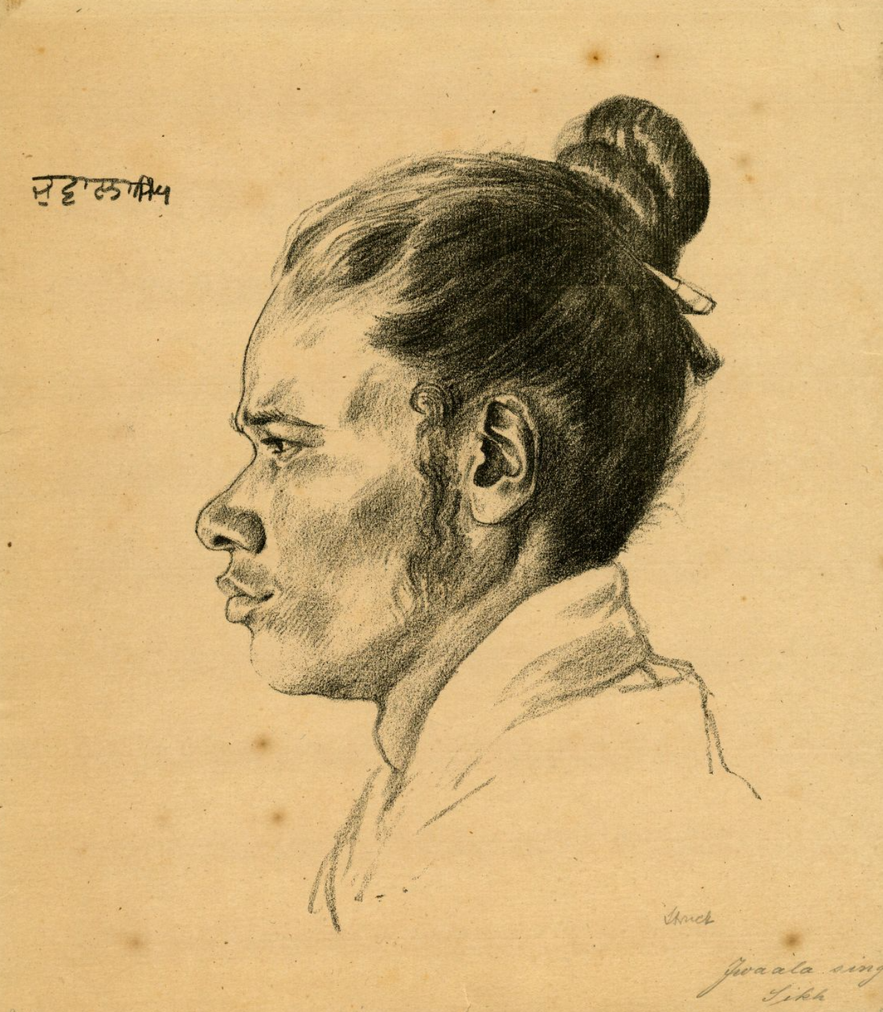
When the First World War broke out in 1914, Struck, influenced by the new wave of German patriotism and provoked by Russia’s oppression of its Jewish citizens, volunteered for the Imperial German Army. Two years into his service, Struck became the head of the German Office of Jewish Affairs in “Ober Ost” - the German section of the Eastern Front. Though occupied with military duties, Struck did not stop pursuing his art, even undertaking a project documenting prisoners of war. The dossier, made in collaboration with anthropologist Felix von Luschan and consisting of over one-hundred portrait lithographs, aimed to scientifically and artistically catalog and identify various ethnic groups in the East, while enforcing German cultural dominance and promoting the ethnic German identity. Incidentally, it was such social practices that would eventually lead to the German adoption of eugenics and scapegoating of the Jewish people.
Immigration to Israel
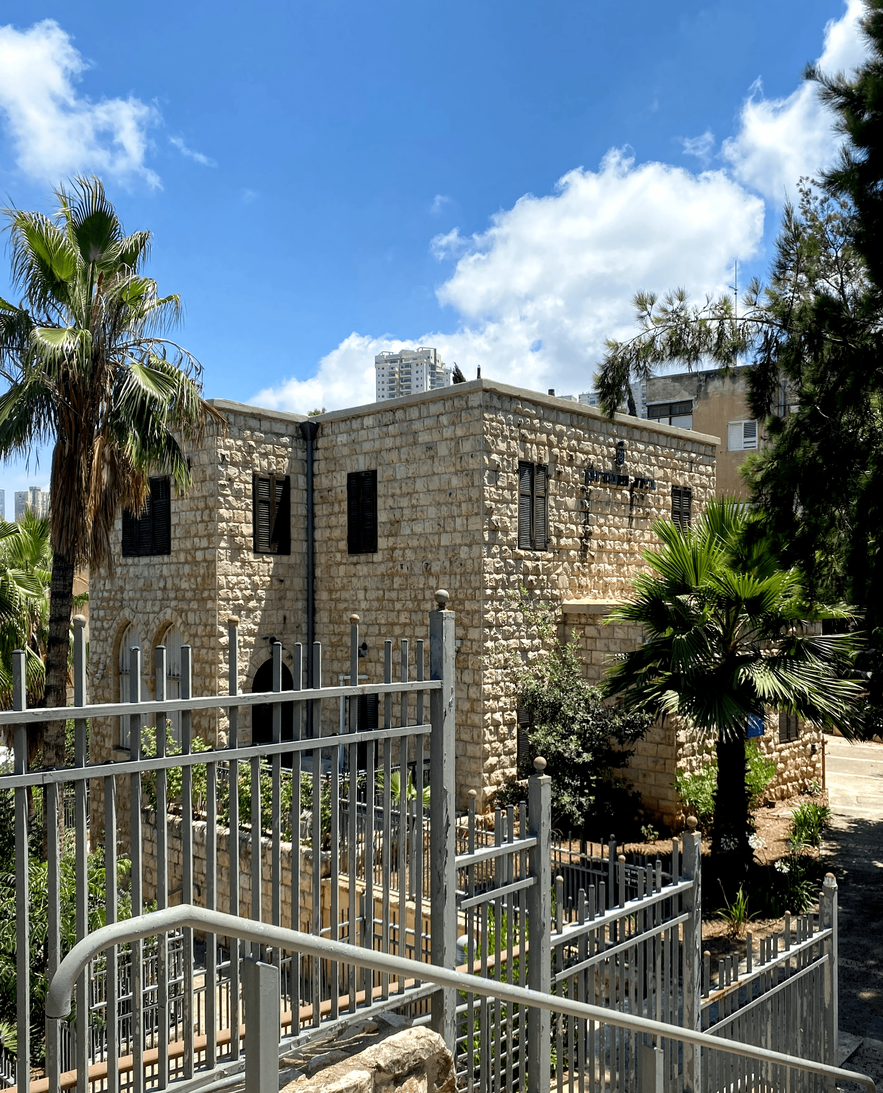
After serving as consultant for Jewish affairs at the Treaty of Versailles, Struck moved to Mandatory Palestine with his wife, Malka, in 1922. Struck had a strong connection to the land that would later become Israel, having visited it many times previously. The Strucks moved to the port city of Haifa, where the artist would live out the rest of his days. His house still stands to this day, as a museum dedicated to Struck’s life and works (see left).
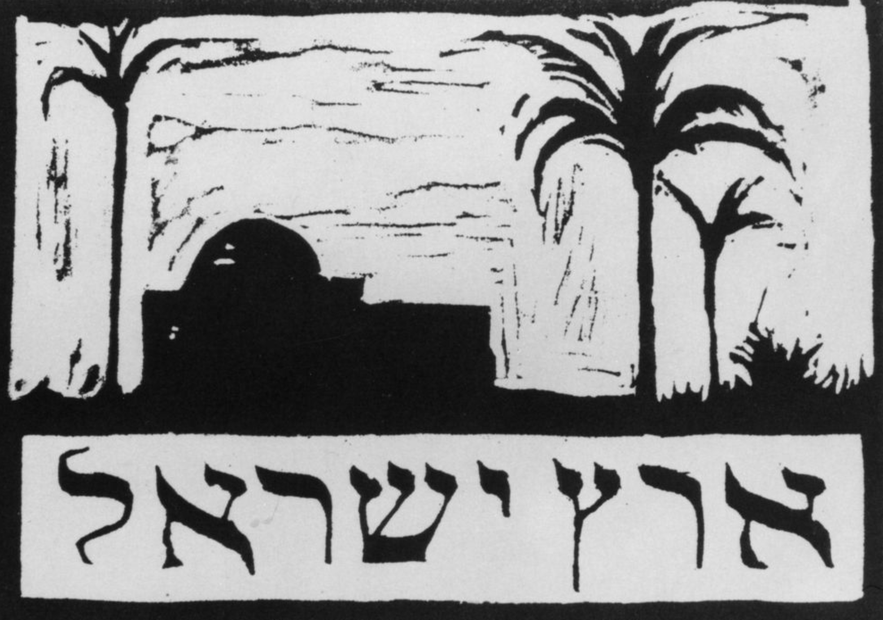
A founder of the Mizrachi Religious Zionist movement, Struck ardently believed in the creation of a Jewish state, a notion that can be seen throughout his body of work. A large portion of his collection are landscape sketches of various locations throughout Israel, from Jerusalem to Tel Aviv, his love for the land shining through. He also had a close connection with Theodore Herzl, the father of modern Zionism, and drew many portraits of the leader. As well as his own art, Struck made significant contributions to the growing art community in Israel, teaching at the Bezalel Academy of Arts in Jerusalem and helping establish the Tel Aviv Museum of Art. Struck spent the last twenty years of his life capturing the new land of Palestine while having a direct hand in its roots.
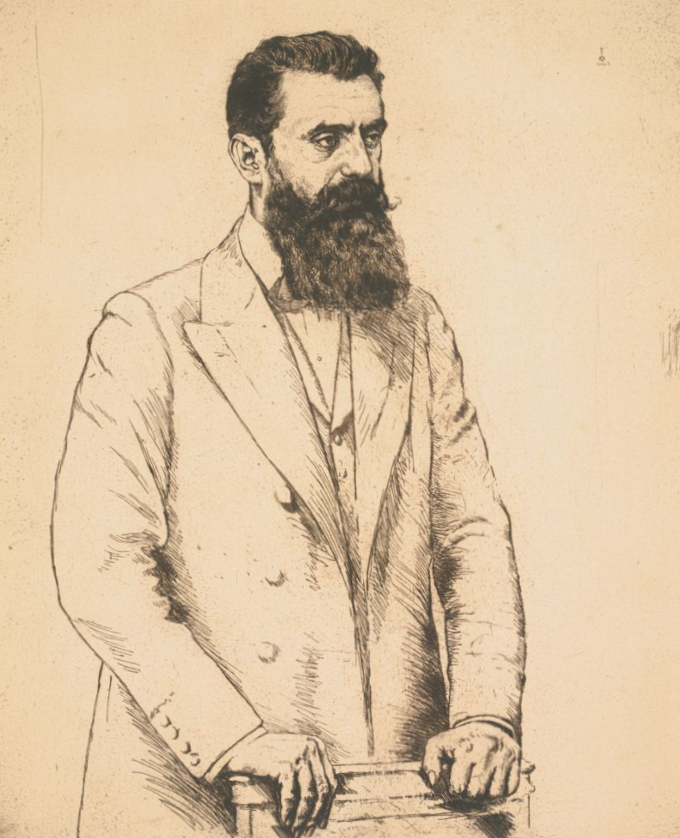
Hermann Struck at the Leo Baeck Institute
The Leo Baeck Institute houses much of Hermann Struck's work, most of which is available to the public via our digital collections. Struck's art can be best located either through the The Edythe Griffinger Portal or DigiBaeck which highlights LBI's online collections. There you will find over 500 Hermann Struck originals, including the Prisoners of War project, famous figure's portraits, etchings of daily life, and detailed landscapes from all over Europe and Palestine. His collection also extends into the library and archives which contain books Struck both wrote and illustrated, photographs of the artist himself, and his personal correspondence.
